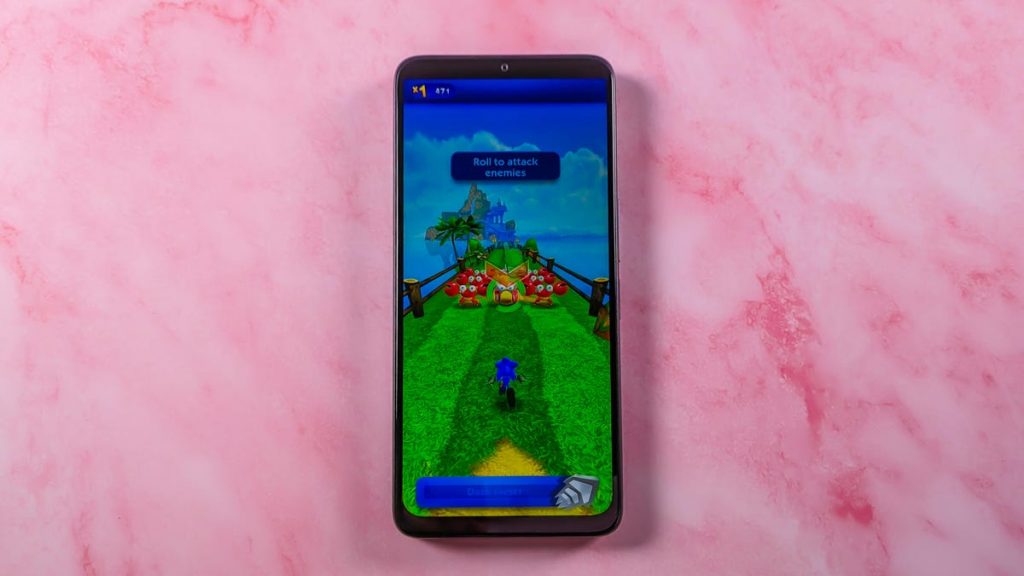Lower-priced phones often get even cheaper during the Black Friday shopping season. And sometimes the holiday deal season lines up perfectly with the moment you actually need to upgrade, making those phone deals genuinely worth grabbing.
But I’ve noticed that like many holiday shopping deals and doorbusters, Black Friday phone deals sometimes include some clear duds — and you might not know it until you’ve already purchased and set up the new device. Most phones — even budget-friendly ones — handle the basics just fine: calling, texting, using apps and multitasking while you play music. Ideally, you’ll also get at least a sprinkling of AI features such as Google’s Circle to Search, and maybe even more advanced tools such as assistants that help store and organize your data.
So ahead of the holiday shopping season, here are three major ways to tell whether or not a Black Friday phone deal is worth it — or if you need to immediately return it.
Make sure your phone gets software and security updates for as long as you need
I have no issue with buying an older phone in order to save money. What I do have problems with is buying a phone, only for it to be losing software and security updates in a year or soon. This is particularly the case with phones that typically cost $400 or less, and which might drop to as much as half off their list price during a Black Friday sale.
Before buying a phone that’s discounted, if it was first released in 2024 or earlier, check reviews of the phone to make sure you’ll still receive security updates for as long as you hope to keep the device. It may have already gotten its final batch of new features and protective software.
Typically, when it comes to software and security update support, phones like those from the Samsung Galaxy A series or Google’s Pixel A series will get decent discounts while still offering years of software and security updates. That’s because Samsung provides its Galaxy A phones with a six-year commitment for updates, and Google promises seven. This means even if you’re buying a model that’s one or two years old, you’ll probably still have at least three to four years of time for the phone to get active protection from security vulnerabilities.
On the other hand, TCL and Motorola tend to have shorter software and security update commitments of about three years, so if you’re buying a model made in 2024, you’ll want to make sure that you’re OK with having closer to two years of remaining updates.
You can’t do much to save a bad phone camera
Most discounted phones tend to skimp on the cameras. This makes sense — photo quality is often a big reason why more expensive phones include advanced capabilities that are powered by processors that can help clean up photos or provide an intelligent boost in low-light situations.
You’ll often see Android phones at all prices refer to their main camera as having «50 megapixels» — which is all well and good, but you’ll really need to use the camera to determine if its photo quality meets the standard that you want from your phone.
If you’re on a budget and absolutely must deal with having a camera that’s not great in more advanced settings, there are tips and tricks that you can still take advantage of to get the most out of your photos. Often, it’s best to make sure there’s plenty of natural light and to avoid shooting subjects with a lot of fast movement.
But if the camera isn’t meeting your needs after a few days of trying out your new phone, that alone is a solid reason to return it and try something different.
The software has to be easy to use — otherwise, what’s the point?
If you pick up a Black Friday phone deal but quickly find it too frustrating for simple tasks like playing music, making calls or taking photos, there’s no reason to continue using this phone.
What defines «frustrating» is subjective, but for me, one of the biggest red flags is when a cheaper phone is loaded with bloatware — branded apps and services that come preinstalled, have little or no connection to the phone-maker and function more like ads than useful tools. Another telltale sign your phone is full of bloatware is when those apps or features are nearly impossible to uninstall or hide.
I’ve seen these come in a variety of forms, such as a carrier-branded news feed that requires a deep dig into settings to delete, watermarks getting added to photos by default or strange web browsers that are also loaded with advertising upon launch.
If you see red flags like this, you can usually remove them. But ideally, your phone should be relatively easy to use right out of the box, and if it’s not, it’s a justifiable reason to return it and try something else.
So how do I spot a good deal?
The best way to find a good phone deal is to figure out which phones you would be happy to purchase right now, even if they aren’t guaranteed to get a price decrease. Then, if you aren’t in dire need of buying a new phone, keep checking retail websites to see if the price of the device you actually want drops.
This will give you time to make a well-researched choice — and even stop by a store to try a display model. Then, if the phone you want happens to go on sale, even just a little, you’ll be in a much better position: You got the phone you actually need and saved money, too.
